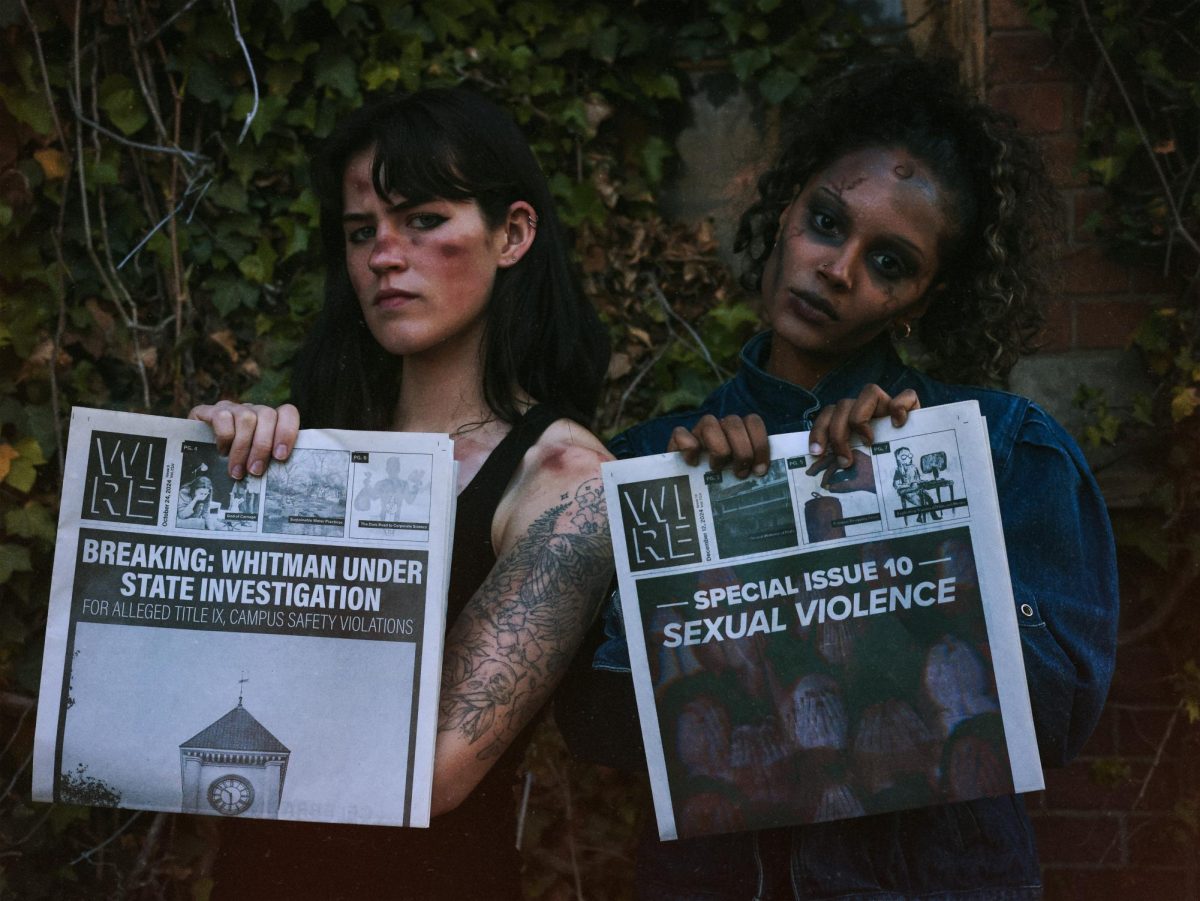Since the ascent of artificial intelligence, or AI, in our contemporary society, it has served numerous groundbreaking applications in our everyday lives — from education to healthcare, finance and manufacturing.
Indeed, AI is only set to become more ubiquitous as we face more advancements in the coming years. However, such advantages are never unencumbered by grueling disadvantages that affect the way we live our lives — one poignant example being art.
Concerns about job displacements caused by AI have been a constant source of alarm, especially in the art industry. As AI companies such as OpenAI and DeepSeek continue to provide applications that allow us to generate art in the snap of a finger, many artists and designers are anxious about their futures. Artists fear they may be replaced by soulless machines deprived of human touch that don’t need to be paid.
Such apprehensions are completely well-founded, as numerous corporations, such as Coca-Cola, McDonald’s and Nike, have begun tapping into AI for their advertisements and marketing, since, aside from the speed of production, they also do not have to pay for it, which is utterly reprehensible.
AI has become so omnipresent that even Disney, with its celebratory film for its 100th anniversary, “Wish,” has received numerous accusations of being generated by AI because of its perceived knock-off songs and animation.
In another controversial case involving AI, OpenAI has launched the GPT-4o model in ChatGPT on March 25, which generates images from prompts, other photos or a combination of both.
The images and final products undeniably imitate Miyazaki’s remarkable style and aesthetic. With just a simple command such as “turn this photo into Ghibli style,” ChatGPT is able to generate animated images of what Studio Ghibli took blood, sweat and tears to perfect.
In Miyazaki’s film “The Wind Rises,” he shares that a 4-second crowd scene took them years to animate. The amount of time they have spent on a mere 4-second sequence completely demonstrates the level of dedication and passion they have poured into their art to share with the world. Yet, ChatGPT was able to undermine that in a split second. Adding insult to the injury, countless people have fallen into this damaging trend.
Miyazaki is a known critic and condemner of AI animation, stating in a 2016 interview that it is “an insult to life itself.” However, many people still ignore his denunciation and indulge in the trend, which is completely disrespectful to the work and passion they have dedicated to their timeless craft.
The use of AI in art has transformed art into an inhuman commodity, with AI as a creator of out-of-touch trends deprived of human connection and value. One of the main reasons timeless art becomes a masterpiece is that it is marked by the intricacy and ingenuity of the human touch, which allows it to survive the transcendence of time.
Art is supposed to be a vehicle through which we can revel in and admire the endless beauty and creativity of the human mind — a way through which we can define and remember lost and forgotten history and civilizations that have trodden the earth, not an AI-generated craft that fills us with discomfort when confronted with it, due to its uncanniness.
The erasure of human touch in art is an erasure of its essence.
But despite the unfathomable advances of the AI industry, I could almost always — if not always — sense the difference between human-made art and AI-generated art.
Despite its near-perfect ability to imitate and generate art, there is always something subtly off and outlandish in the final product — perhaps it is the lack of authenticity or the absence of elements that truly evoke emotions, like how Monet’s impressionist paintings mesmerize me.
Whatever it is, art and AI should never be used together, as it serves as a massive insult to the natural gifts we are endowed with as the highest form of thinking. Art blessed with a human touch is ultimately more valuable and meaningful than a product generated by soulless machines that cannot understand what it means to exist and experience passion. Let us celebrate our artists and their significant roles in creating and preserving the art and beauty of humanity.


